THERE ARE MANY LARGE SOURCES OF INCOME FROM LAND THAT NEED TO BE OPTIMIZED
Data from the General Statistics Office ( Ministry of Finance ) shows that the total state budget revenue in the first 8 months of 2025 is estimated to reach nearly 1,740,000 billion VND, equal to 88.5% of the annual estimate and an increase of 28.5% over the same period last year. In particular, the budgets of many large localities are "full" of land revenue.
Land resources and real estate products are huge resources for economic development.
PHOTO: DINH SON
Mr. Nguyen Hoang, Deputy Director of Eagle Academy, commented that the spectacular growth in land revenue shows that land is becoming an important financial resource for the country, businesses and people. However, to optimize land resources for economic development, it is necessary to plan a long-term, systematic strategy.
The first is to effectively exploit public land funds stretching from North to South. In fact, in many large cities such as Ho Chi Minh City, Hanoi , Da Nang... it is not difficult to see a series of "golden" lands that used to be headquarters of agencies, factories, and enterprises, now abandoned or used temporarily. In addition, there is a large amount of public land, farm land, and surplus land after planning that has not been exploited to its full potential. If this resource continues to be wasted, it will both reduce the efficiency of land use and cause budget losses.
Similarly, the surplus public land fund after the merger of provinces/cities must be exploited by public auction to maximize revenue for the budget and eliminate the risk of loss. On the other hand, the state can consider public land as "seed capital" in public-private partnership (PPP) and BT projects to attract more social resources for infrastructure, education, health care, and high technology.
Not only stopping at auctioning land to collect revenue for the budget, the way to allocate public land must also be selective. Land near metro lines, bus stations, and seaports should be prioritized for compact urban development according to the TOD model to increase exploitation value. Land funds in suburban and satellite areas should be converted into green industrial zones, logistics, serving the restructuring of the regional economy. Public land cannot be viewed only through a commercial lens when a part of the surplus land fund needs to be reserved for social housing and resettlement to solve the housing problem for low-income people.
workers, migrant workers. It is also necessary to boldly convert some small public lands into parks, parking lots, and traditional markets, in order to increase public welfare, and indirectly increase the attractiveness of the city to investors.
"When used properly, surplus public land can become a powerful lever, increasing budget revenue, creating land for commercial - industrial - service development, and improving the quality of urban life. On the contrary, if public land continues to be abandoned, used in a fragmented manner, or allocated arbitrarily, this will remain a major bottleneck that hinders growth. The problem is no longer whether to exploit it, but how to exploit it. And the answer can only lie in a transparent, public, and fair governance mechanism so that public land can truly become a national development resource, and not become the private property of any interest group," Mr. Nguyen Hoang advised, adding that when building new routes such as belt roads, metro, bridges, etc., it is necessary to expand the land fund recovered by both sides to auction off capital for projects. The surplus part will continue to be recovered, implemented for other projects, and reinvested in society. On metro lines, TOD is an inevitable trend to create compact urban areas that act as magnets to attract residents, reducing pressure on large urban centers. Reducing pressure on the inner city/urban center is also the formation of a chain of satellite cities around the belt, limiting population concentration in the center.
"This method was successful on Nguyen Huu Tho Street (formerly Nha Be District), Ho Chi Minh City, when the road was widened to both sides. The recovered land was auctioned and brought Ho Chi Minh City a huge source of revenue, exceeding the amount of budget spent on road construction. Many countries have proven that TOD not only saves costs but also increases the value of land around metro stations and rapid bus stations. If managed strictly, this source of added value can become the budget for infrastructure reinvestment," Mr. Nguyen Hoang analyzed.
The real estate market is considered a "mirror" reflecting the health of the economy. A stable and transparent market not only attracts investment capital, stimulates production and consumption, creates jobs but also increases revenue for the budget and social security. On the contrary, when the market is distorted, speculation is rampant, prices fluctuate, social confidence will decline and development policies will be affected.
Master Ngo Gia Hoang (Ho Chi Minh City University of Law)
ACTIVATING THE MARKET WITHOUT FEAR OF A BUBBLE
When the land fund is put into exploitation, it will stimulate the development of the real estate market . So what is the solution to prevent the market from creating asset bubbles and fluctuating prices? According to Master Ngo Gia Hoang (Ho Chi Minh City University of Law), the real estate market is considered a "mirror" reflecting the health of the economy. A stable and transparent market not only attracts investment capital, stimulates production, consumption, creates jobs but also increases revenue for the budget and social security. On the contrary, when the market is distorted, speculation is rampant, prices fluctuate, social confidence will decline and development policies will be affected. In the context of Vietnam entering a new growth phase, real estate becomes an important pillar, but if not well controlled, it can easily fall into virtual fever, bubbles, causing macroeconomic instability. For the market to grow stably and healthily, it is necessary to synchronize solutions.
Need to put land resources into service of double-digit economic growth in the new era
PHOTO: DINH SON
First, according to Mr. Ngo Gia Hoang, it is necessary to build a synchronous, complete legal framework suitable for practice to regulate the market. The Land Law, the Real Estate Business Law, the Housing Law and related documents need to be closely linked, clearly regulated, avoid overlap, and ensure feasibility. Building a legal framework must both facilitate investment and be strict enough to prevent speculation, price inflation, and protect the rights of people and investors.
Next, ensure information transparency and publicity. The real estate market has long been considered an imperfect market because information about real estate products (legal status, planning, etc.) is often incomplete and not as widely disseminated as other types of products. Therefore, when information about planning, land prices, legal status and progress of real estate projects is public and regularly updated, the market will operate healthily, linked to real demand.
Second, ensure land valuation and transparent auction and bidding mechanisms. The valuation of state land must follow market principles, with the participation of independent consulting organizations and a strict monitoring mechanism, in order to accurately reflect the value of land use rights. In addition, the organization of auctions and bidding must ensure publicity, transparency, and fair competition, avoiding group interests, blue and red teams to "inflate prices" and profiteering. When land prices are established objectively and the auction and bidding process is transparent, the market will operate stably, creating a fair investment environment and contributing to limiting the risk of asset bubbles.
It is essential to strictly control the capital mobilization activities of real estate enterprises and protect buyers. Accordingly, it is necessary to tighten the conditions for putting projects into operation, requiring projects to have full legal status, financial obligation guarantees before raising capital, using standard contracts, publicizing information... to prevent "ghost" projects or price inflation. In addition, bond issuance and credit granting activities for real estate need to be strictly controlled, aiming at feasible projects, limiting financially weak investors.
More importantly, it is necessary to effectively use tax tools to combat speculation. The State needs to flexibly apply financial tools such as land use tax and income tax from real estate transfers to limit speculative trading, speculation, and land abandonment. The synchronous application of tax and financial tools will create a more transparent, stable, and healthy market.
And finally, according to Mr. Ngo Gia Hoang, the direction of balanced development of market segments is needed. The State needs to have a policy of reasonable land allocation, giving priority to social housing projects, housing for workers and laborers. At the same time, it supports preferential credit and encourages businesses to invest in these segments, creating conditions for young people to buy houses. This will help the market meet real housing needs, reduce the risk of asset bubbles and contribute to ensuring social security, creating a solid foundation for sustainable economic development.
Utilizing land resources to serve economic growth
Vietnam is entering an important stage with the goal of becoming a high-income country by 2045. Therefore, according to Dr. Dinh The Hien, Director of the Institute of Informatics and Applied Economics, land resources and real estate products will be a huge resource for Vietnam's economic development. Currently, the value of land resources in Vietnam is very large, estimated to account for about 3-4 times GDP/year if calculated at market prices. Land is an important economic resource as it is both a means of production (agriculture, industry, services), a credit guarantee asset, and a large source of revenue from land (taxes, land use fees, auctions). Land prices have continuously increased over the past 10-15 years, especially in urban areas, near industrial parks, and new traffic infrastructure, which has also led to a large difference between market land prices and state price lists, making it difficult to assess, compensate, and bid. In particular, land resources have not been exploited effectively, many areas are used for the wrong purpose, abandoned or fragmented, reducing overall economic efficiency.
Land is not only "land rent", but also a launching pad for national development.
PHOTO: DINH SON
Therefore, to optimize land resources for economic growth in the new era of the country, to become a high-income country by 2045, Dr. Dinh The Hien said that it is necessary to perfect the land pricing and tax mechanism by narrowing the gap between state and market land prices, thereby helping the market to be transparent and reduce speculation. It is necessary to apply progressive taxes on abandoned and speculative land to limit hoarding and put land into production and business. To increase land revenue for the state budget to reinvest in infrastructure, it is necessary to have transparent land auctions and transfer taxes. At the same time, it is necessary to clearly plan land funds for industry, high-tech agriculture, and services, avoiding complete real estate. "Promote the development of social housing and affordable commercial housing to meet real needs, instead of focusing only on high-end housing as at present. To effectively exploit land resources, it is also necessary to control short-term speculative capital flows into land, prioritize credit for real estate serving production, social housing, and industrial parks. Promote capital mobilization through bonds and real estate investment funds instead of depending on bank loans," Mr. Hien emphasized.
Dr. Dinh The Hien also recommended applying technology and information transparency when building a national land database so that people and businesses can access real prices and real planning. Make planning information transparent, avoid "inflating land prices" based on rumors. When land prices increase thanks to infrastructure, part of the added value must return to the state and community through taxes and urban development fees. Apply the model of "land recovery - auction - reallocation" to be fair between investors and society.
To maximize the benefits from land, the state needs to properly regulate the interests of investors, businesses, and people. The real estate industry must develop in a stable and sustainable manner, linked to production and real demand, instead of just being a speculative tool. Land is not only "land rent", but also a launching pad for the country to break through.
Dr. Dinh The Hien, Director of the Institute of Informatics and Applied Economics
Thanhnien.vn
Source: https://thanhnien.vn/dua-nguon-luc-dat-dai-vao-phat-trien-kinh-te-dat-nuoc-185251008211048665.htm



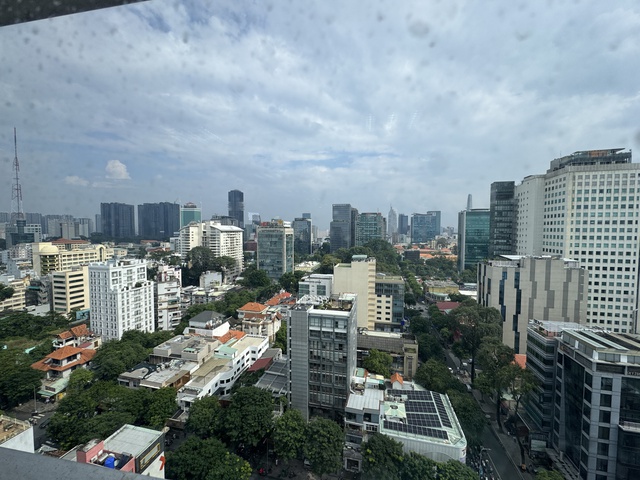
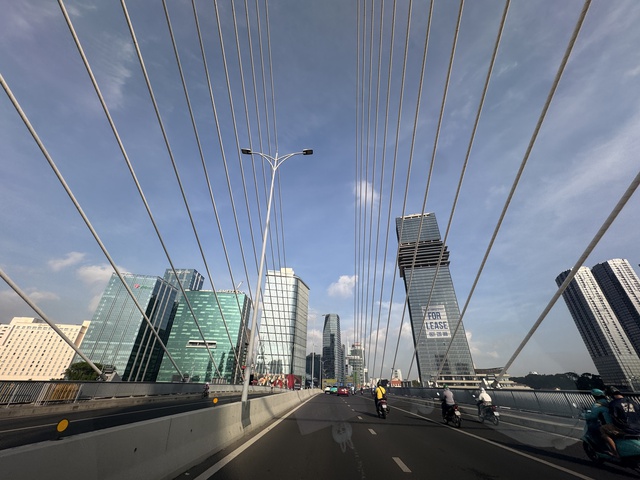




![[Photo] Solemn opening of the 1st Government Party Congress](https://vphoto.vietnam.vn/thumb/1200x675/vietnam/resource/IMAGE/2025/10/13/1760337945186_ndo_br_img-0787-jpg.webp)

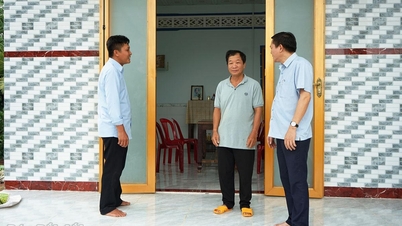

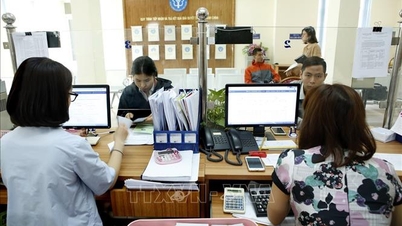

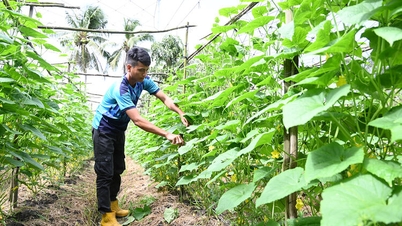

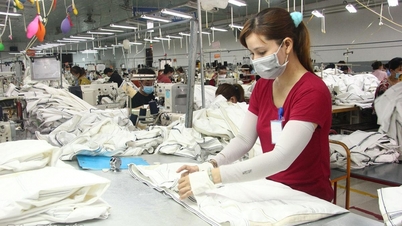
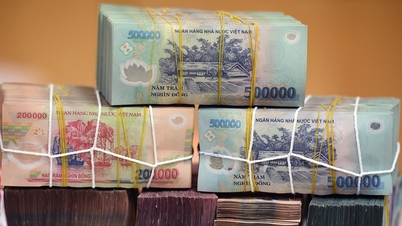








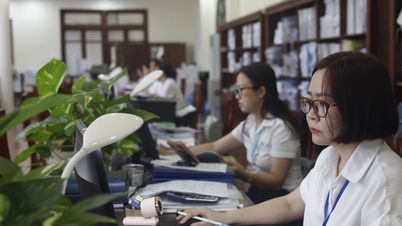





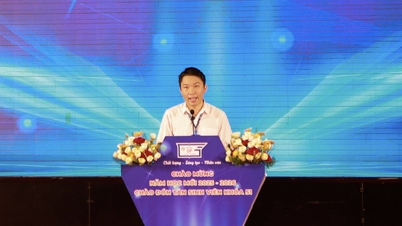

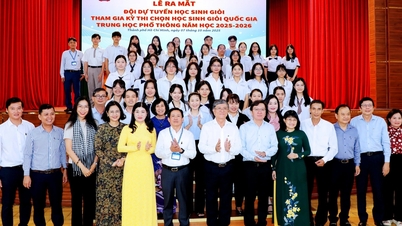
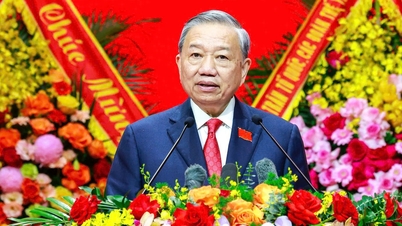

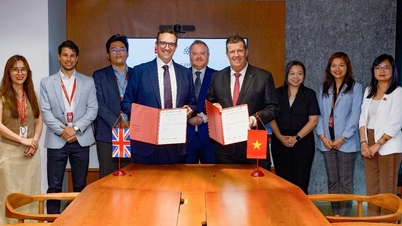
![[Photo] General Secretary To Lam attends the opening of the 1st Government Party Congress](https://vphoto.vietnam.vn/thumb/1200x675/vietnam/resource/IMAGE/2025/10/13/1760321055249_ndo_br_cover-9284-jpg.webp)




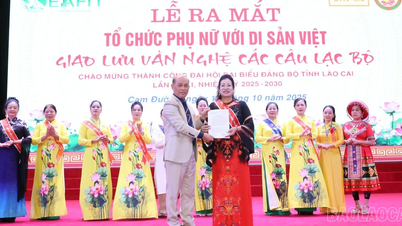






















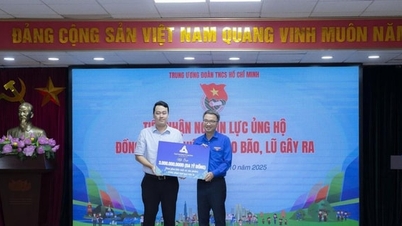

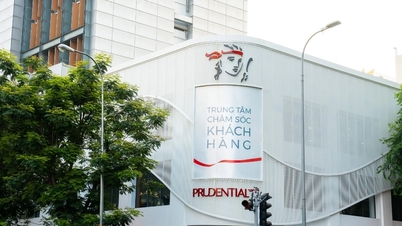
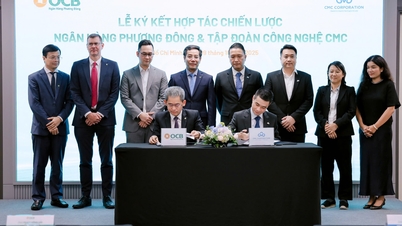














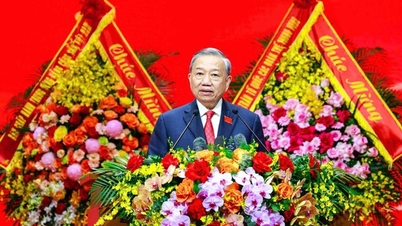

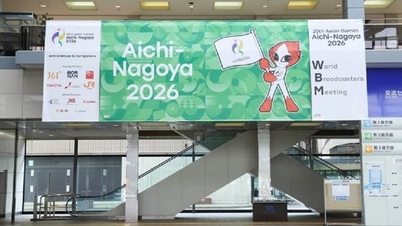


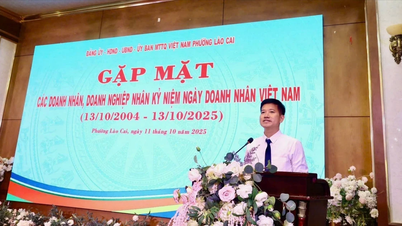
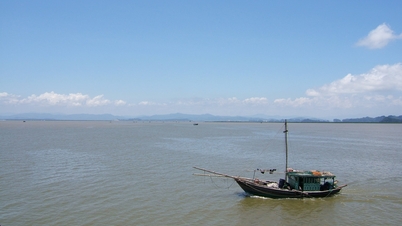

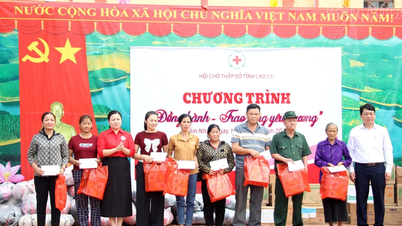


















Comment (0)